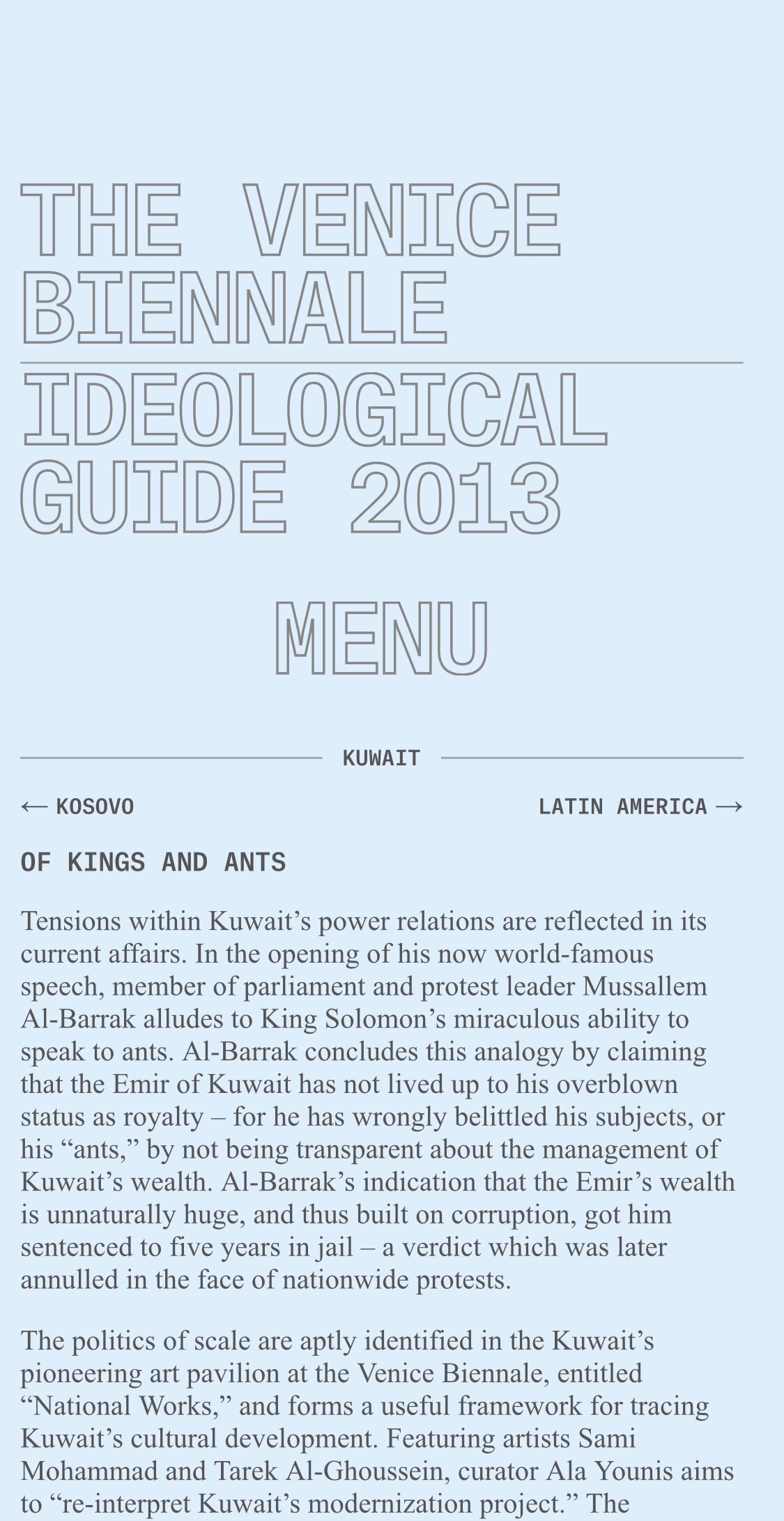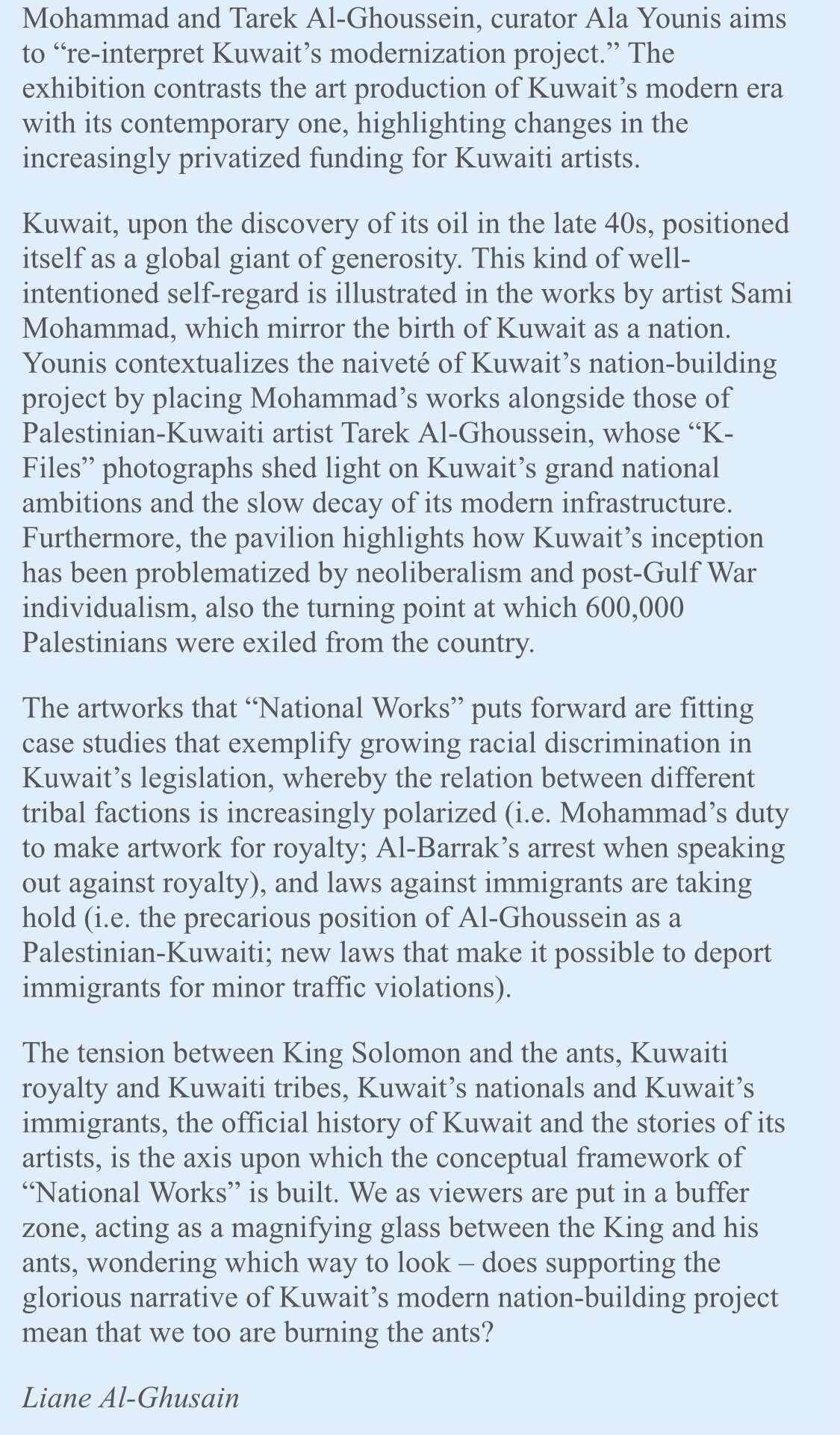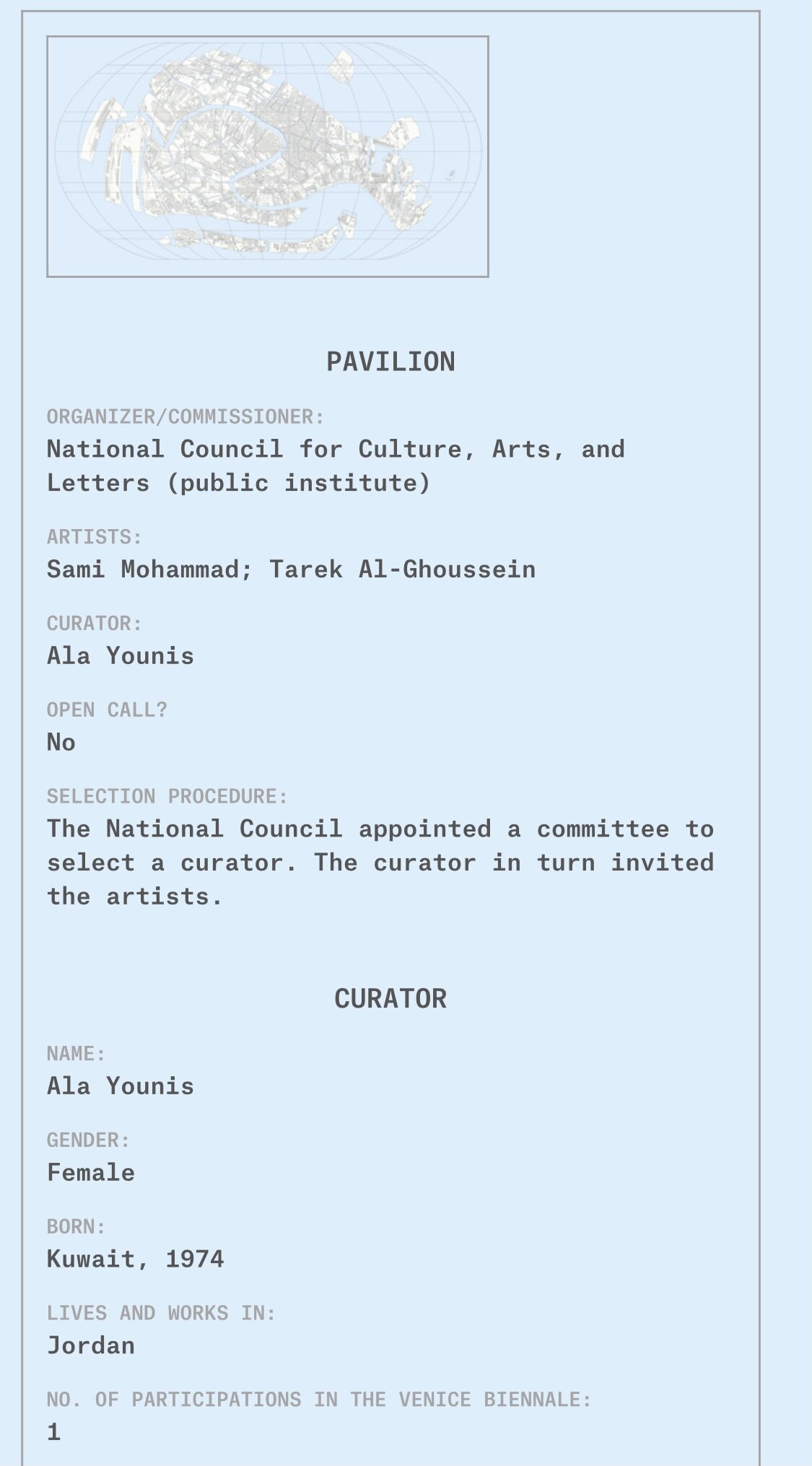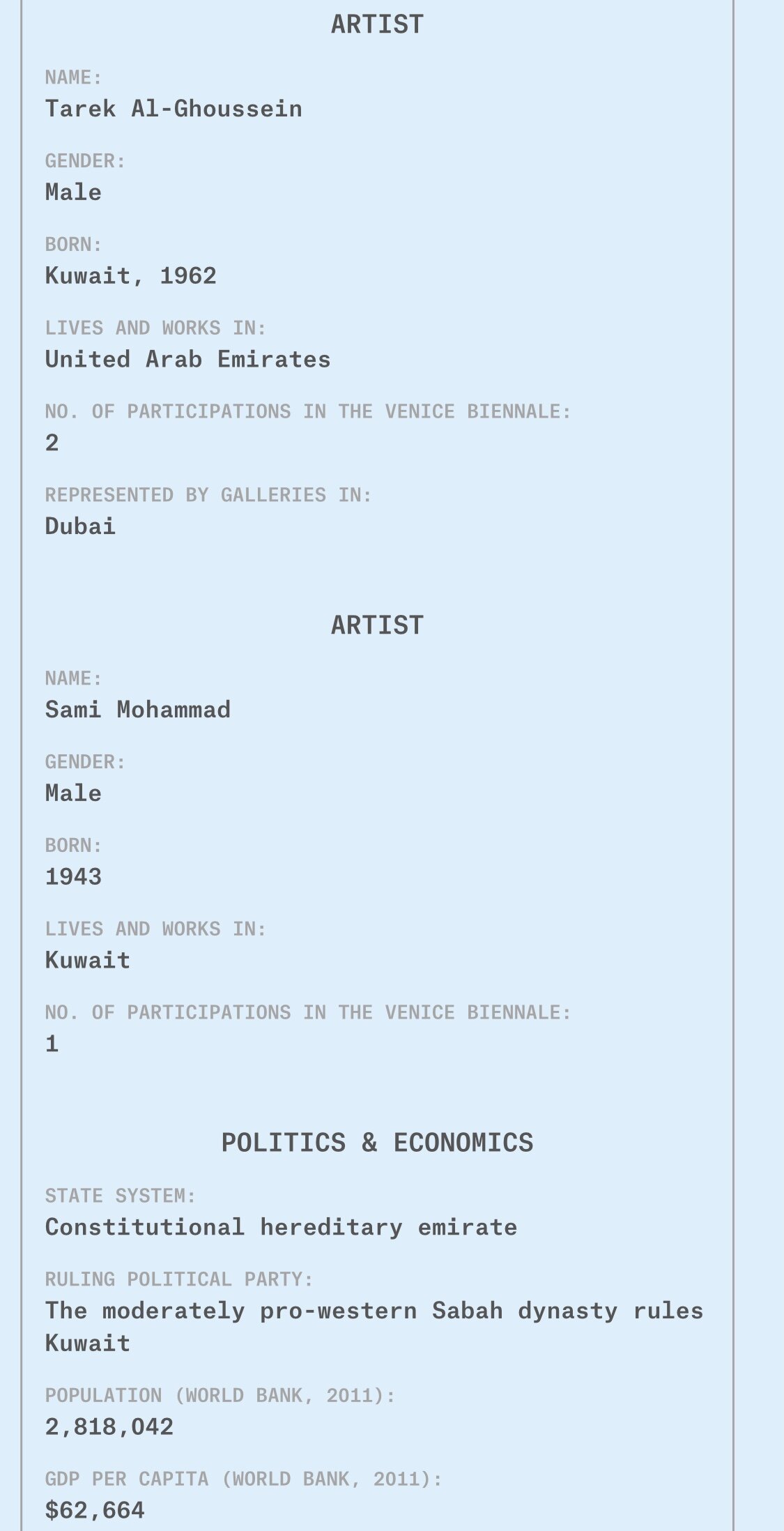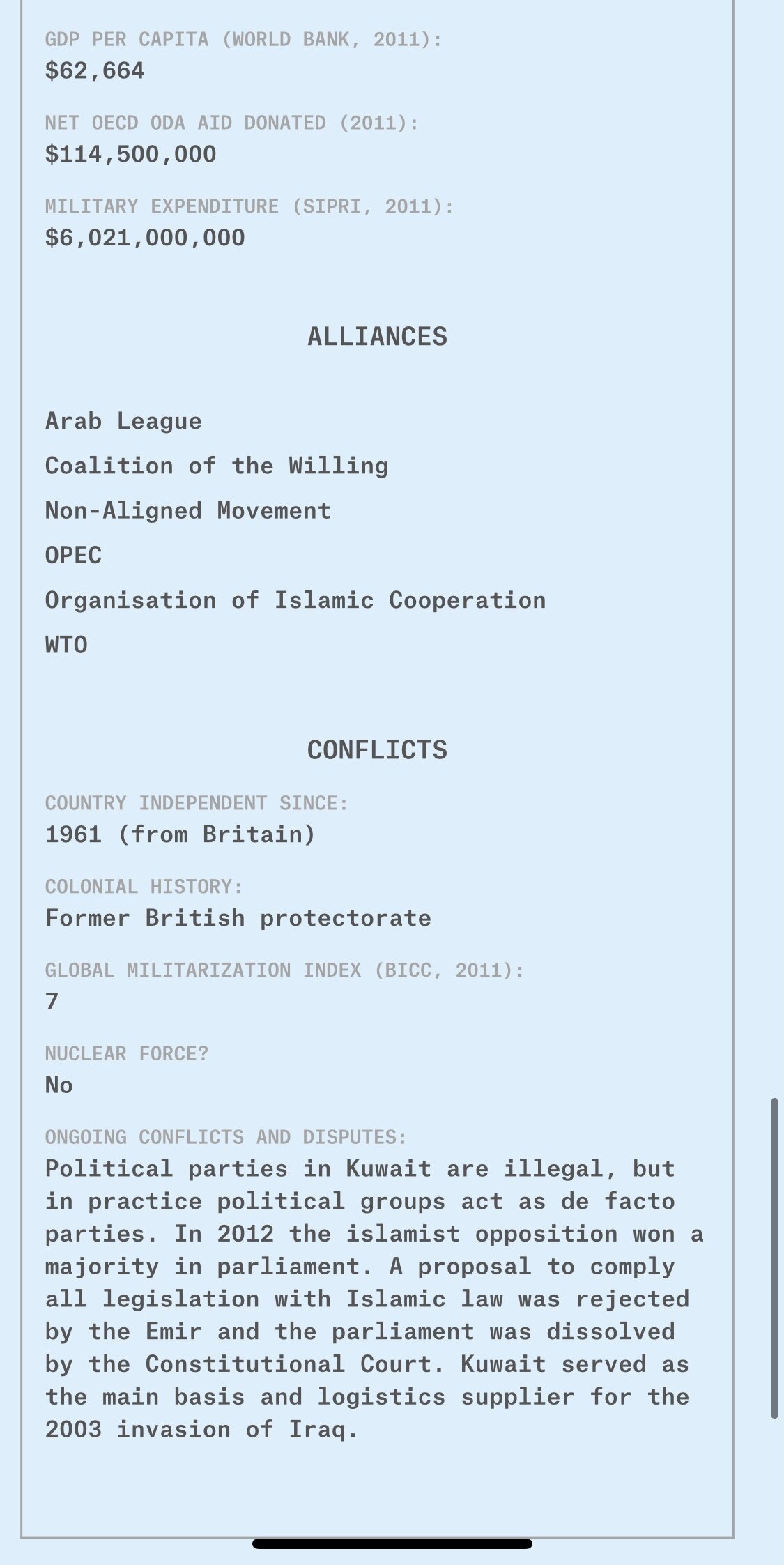ART & MEDIA
Poop Talks
The Sacred & the Profane — House of Beautiful Business
Some questions covered: How are sex work and toilet innovation linked worldwide? Are there really toilet gods in multiple cultures? What is the future of the toilet? What does Germany’s toilet culture have to do with its economy?
The Conference
“The House of Beautiful Business is a membership-based global think tank and community. Through online programming, gatherings, media, and partnerships, we bring together business and nonprofit leaders, technologists, scientists, philosophers, and artists who share a common quest: to shape a more beautiful vision for the future of business, technology, and humanity, built on emotions, ethics, and aesthetics instead of efficiency, extraction, and exponentialism.”
Sh*t is Real — High Maintenance Conference Hours Beirut
The Conference
Hours Beirut 2019 was an intimate three-day conference exploring how maintenance and the act of maintaining can be understood in the context of innovation and creativity.
The Talk
At Hours Beirut, I explored global perspectives on personal hygiene, in a session on maintaining the self.
Some questions covered:
How does the Indian government keep people from urinating in public? Why do Muslims have a shattaf culture (and Christians mostly shun it)? Why do are dictators so private about their poop? Do fecal transplants work? Is your poop green?
Podcast Episodes
Episode 8: About the Power of Rituals and a new Spirituality, with Casper ter Kuile and Liane Al Ghusain
“With spirituality as a new form of cultural practice Casper ter Kuile, author of The Power of Ritual, and Liane Al Ghusain, content creator and writer at The Scribes and Abaih World, exploring how to turn everyday practices in life at work into sacred rituals, how spiritual tourism has become a new form of business, and what poop can teach us about the state of the world.”
Episode 35: Creativity & Spirituality, with Liane Al Ghusain and Elyan Jabre
"شو يعني روحانية وهل بتأثر على إبداعنا وكيف؟ حديث مع الكاتبة ليان الغصين رحنا في لعالم الإبداع، هدف ومعنى الحياة
What is spirituality and does it affect our creativity and how? A discussion with writer Liane Al Ghusain where we delve into the deep worlds of creativity, purpose, and life!”
A Museum of Immortality Ashkal Alwan & e-flux - Al Khidr Lives
I first came across the mystical figure of Al Khidr in the short story Muneera written by Khaled Al Farraj (1929). I quickly found out about his cult following on Kuwait's Failaka island and in Bahrain, where shrines were built by his purported footprints. Women would sprinkle rose water at the site of his shrine with the hopes that the sweet water would bring sweet news of pregnancy.
Although Al Khidr appears in the Quran's Surat Al Kahf as the wise servant of Moses, there was a fatwa issued against his shrines and they were repeatedly rebuilt and demolished. Across faiths and cultures, saintly figures appear to assuage our anxiety about death and longevity. Al Khidr's precursor appears in the Epic of Gilgamesh as the eternal Utnapashtim. He is the Green Man in Celtic lore. He is Elijah of the Torah. St. George the dragon slayer, who is resurrected four times, is widely revered and even referred to euphemistically in Lebanon when we say that one who has gone mad has "gone to Al Khidr."
In this homage to him, with artist Gráinne Hebeler, we created an image of the Green Immortal linking together cross-cultural rumors about his appearance and powers. We placed these across the floating city of Venice in contextually relevant places with the intention of keeping the multiplicity of his legends alive.
These images, along with a number of artifacts and texts, were displayed in a glass coffin as part of a Museum of Immortality at Ashkal Alwan, curated by Anton Vidokle (e-flux). Summer 2014.
Modern Dilmun
The Museum of Contemporary Ancient Arabia (NYU Abu Dhabi) -
The Origins of Social Media in the Arabian Peninsula
We often reiterate things we know already, as opposed to introducing any new information into our online social circles - sharing things about our current mood, what we're eating, where we are going, what we are selling or buying. I find the way we use hashtags, tweets, statuses, etc. to be rather absurd in their trite, pithy manner. However, this is anything but a novel development, as I found out researching pre-Islamic inscriptions from the Middle East. Our ancient ancestors, in a variety of languages such as Nabatean, Safaitic and Cuneiform, used to inscribe rocks, boulders, walls and caves with their emotions, daily events and lists of goddesses, in a fashion uncannily alike to the way we use social media. Millenniums ago, they etched mundane sentiments such as "he fed on truffles and he grieved for Yd" and "the goats have bourne young amidst the new growth" in public space.
When I was in Bahrain, a place that felt quite saturated with history and covered in many layers of covered-up protest graffiti, I was inspired to re-introduce some ancient inscriptions from the Middle East in a number of sites, almost like they were online status updates. I sourced quotations from texts such as the Epic of Gilgamesh ("And when shall the dead see the rays of the sun?"), the Quran ("so that you may live forever"), and the Bible, placing them in context-relevant sites such as near the Bahrain Fort, the Saar temple, on a 5,000 year-old burial mound from the Dilmun civilization and in an arts district in Manama. In some cases I translated the quotations into Arabic, in others I re-wrote sentiments in my own words, coining phrases such as "immortality fixation" and "#Dilmun," inspired by Gilgamesh's wish to live forever.
see the online exhibit
Crisis of History Tolhuistuin Museum -
Don't Let This Be a Record of Our Time
[Cuneiform on 3D printed sandstone]
King Cyrus of Persia or ‘Cyrus the Great’ is credited with the first human rights charter, which he had inscribed on a stone cylinder and placed as a foundation stone of a main temple when he conquered Babylon. In this project, I use a 3D printer and sandstone to recreate the cylinder – which in its modern iteration is inscribed with the Wikipedia entry for The Avenues Mall in Kuwait, translated into cuneiform.
"There is a celebratory mood about the age of social media, where each person can address a seemingly unlimited audience. It is argued that advances in information and communications technology have broken the physical barriers to communication, and some speculate that a new human society, globally interconnected, is emerging. The Kuwaiti artist Liane Al Ghusain, in her research on ancient rock and clay inscriptions from the Iraq and Saudi-Jordan deserts, discovers, however, that social media isn’t just connecting us to each other: it’s keeping us in touch with our ancient past. The purpose and tone of many of these ancient inscriptions is very similar to the messages conveyed by Twitter, Facebook and public service announcements today: they contain little valuable information and are characterized by self-congratulatory exclamations and empty threats.
In response to these phenomena, the artist has translated trite yet trending topics and promotional material from Gulf social media directly onto 3D printed ‘stone’ in ancient Arabian script with the hope of reviving interest and investment in the Middle East’s ancient past. These new inscriptions go directly from the printer into a museum display case, as a commentary on how slowly the ethics and values of world civilization have evolved, despite huge leaps in technology."
- Robert Kluijver
Comissioned for the Crisis of History exhibition
curated by Robert Kluijver for Framers Framed and Tolhuistuin – March 2015, Amsterdam
POSTLUDE VOL. 1: THE POST ORIENTAL ODYSSEY The Mine, Dubai - A Palestinian Freemason in Jerusalem Shirks His Role as a Western Oriental Gentleman.
The Freemasons are contentious on their home soil, let alone in a colonial context - in Palestine - and then in a satellite colonial context - Palestinian Freemasons in Kuwait.
In this work, I try and imagine what it must have been like as a Palestinian in Kuwait who is a part of the Freemasons - to whom or what does one pledge allegiance after one has lost their country?
If you peel back the layers of beautiful imagery - gleaming G's (which stand for a secular, all-encompassing God, or the supreme architect of the universe in Freemason jargon), towering columns, stairways to heaven, and all seeing eyes, a complex history and problematic set of cultural appropriations are unveiled. By appropriating ancient Egyptian and Greek symbols and coupling them with an essentially capitalist approach to finance and real estate development, a kind of schizophrenic logic becomes apparent in the Freemason way.
On one hand, I presume there is a sense of pride in being accepted into such a rooted tradition, worthy of being framed in silver and displayed in an office. And on the other hand, I see a kind of irony to this - by silkscreening the same image in blue and yellow I make a nod to pop culture's appropriation of Freemason symbology, voicing my worry that orientalist hegemony is being further propagated in our world today.
The Venice Biennale Ideological Guide 2013 - Kuwait Pavilion - Of Kings and Ants
Created by Jonas Staal, “The Ideological Guide to the Venice Biennale is a free smartphone application that provides information on the political, economic, and ideological framework of all national pavilions of the 2013 Venice Biennale. In 2013 this cultural manifestation, modelled after the world fair and in existence since 1895, comprised of about ninety national exhibitions, each attributed to a specific country. Through the Ideological Guide the pavilions are considered cultural embassies, where each country showcases the artists it believes to be most representative for the current developments in its art sector.”
I was invited to interpret the Kuwait pavilion and wrote the following text:
X Apartments Ashkal Alwan - Coco's Bed
'Coco's Bed' is a short film created for viewing on the iPad mini, commissioned for the X-apartment installation series by producer Matthias Lilienthal. X-apartment audience members follow Hassan, the protagonist of the film, to his own apartment where they find him in the flesh as well.
'Coco's Bed' was available on view for three days in July 2013 in the Bourj Hammoud district of Beirut. The neighborhood began as an informal refugee camp for Armenians fleeing the genocide in Turkey. It now additionally houses a large and diverse population of immigrants and asylum seekers from countries including Syria, Ethiopia, and the Philippines. The project was covered by Kaelen Wilson-Goldie at Artforum International.
A collaboration with Stefan Tarnowski, Noel Paul and Mazen Khaled.
Kuwait ABWAB Pavilion - Dubai Design Week
As part of Dubai Design Week, research was carried out about the history of games in Kuwait and interpreted into a small exhibition, designed to be a modern take on Ayoub Hussein Al-Ayoub’s book Our Traditional Kuwaiti Games. More can be read about the project on Art Kuwait, Dezeen, Design Boom and the official Dubai Design Week website.
In the Eruptive Mode Sabab Theatre - Styling
I styled the 2016 iteration of "In the Eruptive Mode" a Sabab Theatre work which performed in Kuwait, Tunis, Beirut and Metz.
Given that the show was about failed uprisings and hijacked revolutions, told from the perspective of 6 different female characters, I set out to communicate a sense of suppressed expression and covert rebellion.
Dressing the women in all black, I created no separation between them and what is known as 'stagehand' attire - seeing as, in accounts of contemporary Arab history, women remain equally invisible as those moving set pieces in the darkness between lit scenes.
As the stylist I commissioned masks by artist Deena Machina Qabazard which appeared to muzzle the protagonists when they were at the peak of their expression.
Saroona Short Film - Styling
In 2017 I worked with a cast and crew directed by filmmaker Mousaed Khaled to style the actors in his short film Saroona.
The Visating Generation THE STATE - vol. IV
The Last Known Etching of an Unnamed Foreigner
Contemporary Art Platform (CAP Kuwait) - Founding Director 2011



In 2011 I was recruited as the director of Kuwait's first non-profit contemporary art space, the Contemporary Art Platform (CAP Kuwait). I oversaw all of the institution's start-up operations, from its branding and first year of exhibitions, to its public outreach and education program. Here are some highlights from my time in that role:




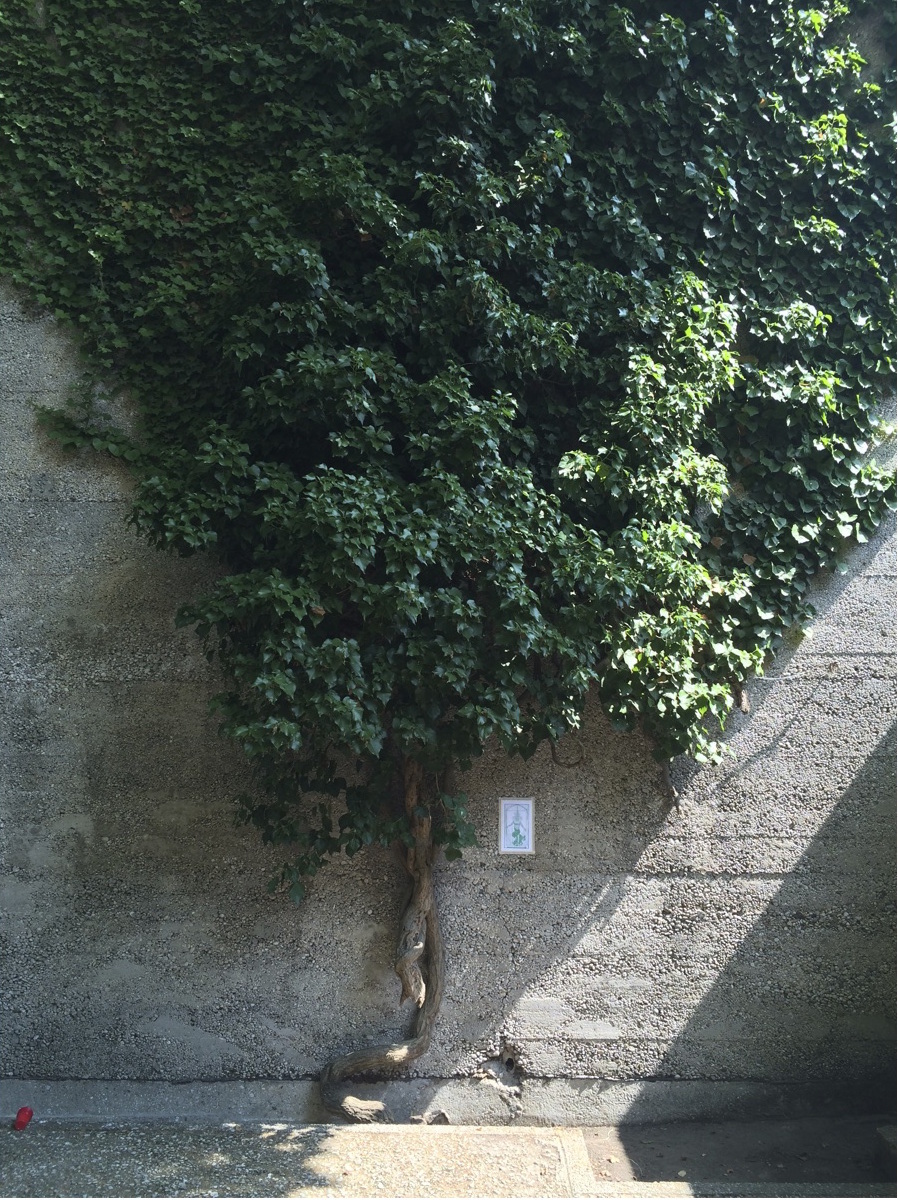







![[Cuneiform on 3D printed sandstone]](https://images.squarespace-cdn.com/content/v1/5b167e8af2e6b1e5f3a920d4/1555941415044-S6OC1BGA9Y7R1BV06XJM/crisis-cylinder_1340_c.jpg)
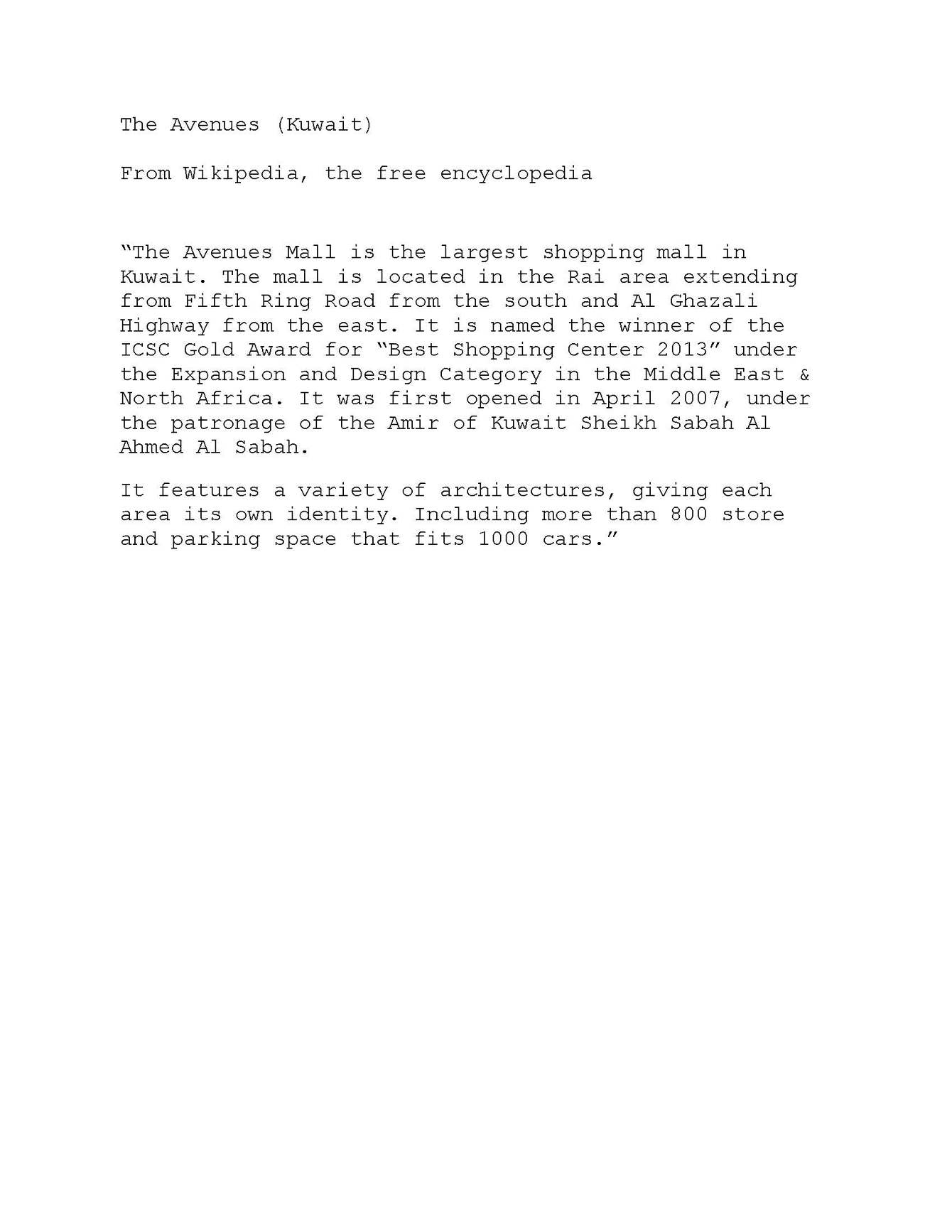

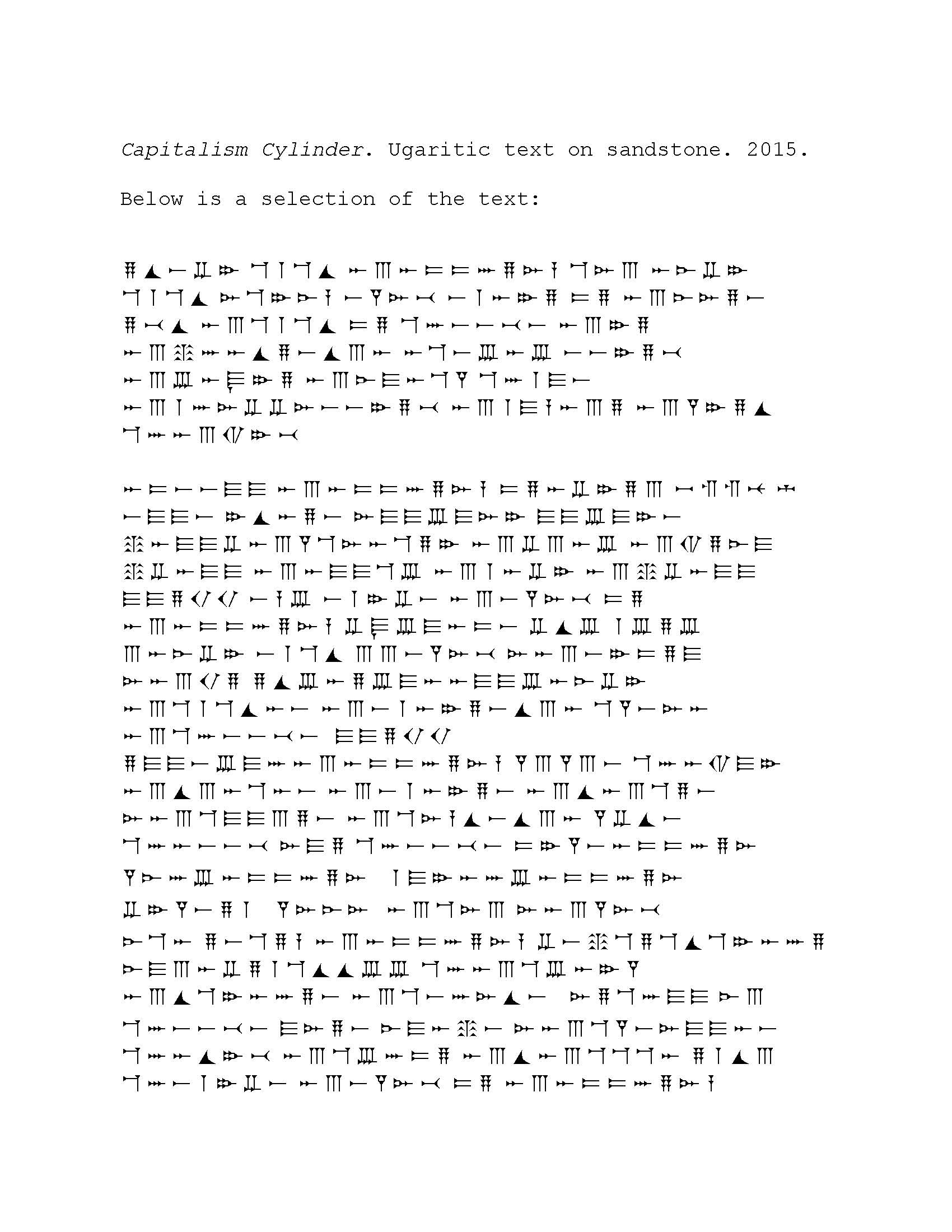
![[Silkscreen on Archival paper, 30x43cm]](https://images.squarespace-cdn.com/content/v1/5b167e8af2e6b1e5f3a920d4/1607005295721-GCXSV5Z3KS5PJYF1BA23/freemason_800.jpg)
![[Silkscreen on Archival paper, 30x43cm]](https://images.squarespace-cdn.com/content/v1/5b167e8af2e6b1e5f3a920d4/1607005266548-9TLYTJ3YOFEO7UTG891M/shirks_800.jpg)
